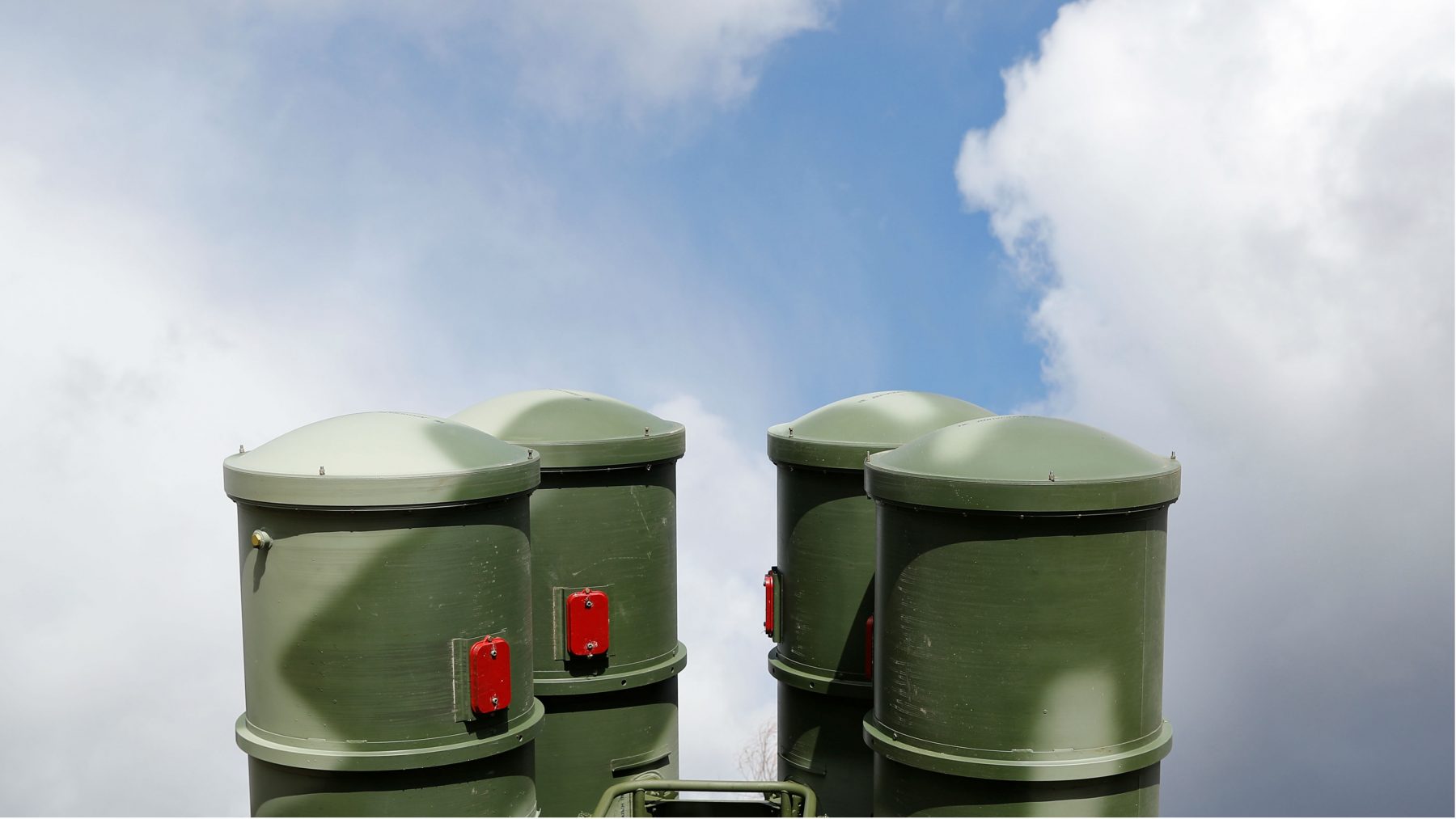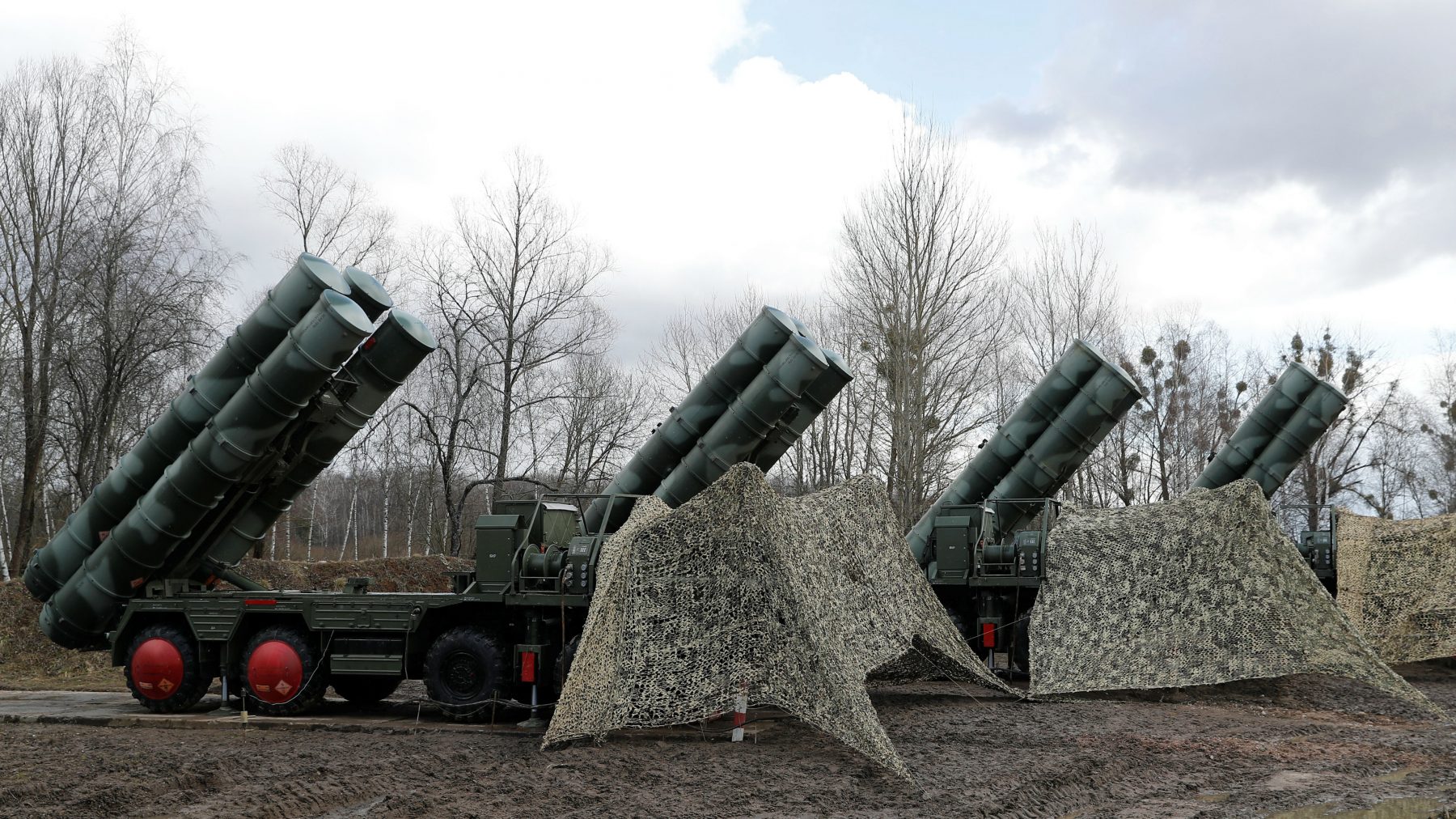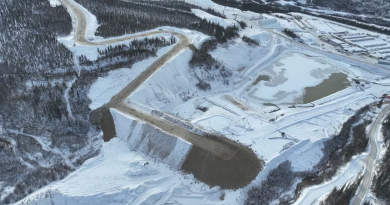Russia tests new missiles to be deployed in Arctic

At least 4 powerful belt wagons roll into the terrain and fire the missiles that soon will be deployed along the Russian Arctic coast.
It was a show of force and capability as the Russian Northern Fleet last week tested its new Tor-M2DT missile system (SA-15 Gauntlet). The testing took place at the Kapustin Yar shooting range in the south of the country.
The belt wagons painted Arctic white made it into the flat landscape that bears the resemblance of a tundra. Several missiles were launched.
The shooting was conducted under conditions of “active radio disturbance” and the targets imitated the behavior of enemy air objects, the Northern Fleet informs.
The targets moved in different directions and at different altitudes. They were all successfully eliminated, the military representatives say.
Following the exercise, the servicemen involved “will return to their permanent bases and remain on combat alert duty.”
Watch a video of the missile shootings:
To be deployed in the North
The Tor-M2DT is based on the Tor-M2 missile system (SA-15 Gauntlet) and is attached on a DT-30 belt wagon. Its missiles have a range of 15 km. The system was first displayed in public during the 9th May military parade in Moscow in 2017.
According to the Russian Defense Ministry, the first units of the system were handed over to representatives of the Armed Forces in late 2018 and subsequently sent to the North.
The system is likely to be deployed in several of Russia’s new and upgraded Arctic bases, among the ones in Franz Josef Land, Novaya Zemlya, Severnaya Zemlya, the New Siberian Islands and Wrangle Island.
The Tor missile system is made for all-weather surface-to-air combat and was designed from the start to shoot down precision guided weapons during day and night, in bad weather and jamming situations.
The Tor system is not the only missiles being deployed in the Russian Arctic. In November 2018, the Northern Fleet tested its Bastion system in Kotelny, the base in the New Siberian Islands.
Other weapons
In addition comes several more kinds of advanced weapons.
In August 2018, the armed forces on Kotelny fired two Termit cruise missiles with missile complex Rubezh on targets located about 50 km away in the ice-covered part of the Laptev Sea.

In 2015, the country moved the S-400 Triumph, the new generation anti-aircraft weapon system, to the Kola Peninsula (northwest Russia). That was followed by the deployment of the Bastion mobile coastal missile systems in 2016.
In late 2015, a regiment of S-300 surface-to-air missile system was deployed in Novaya Zemlya, the Arctic archipelago. In November 2016, military representatives confirmed that a Bal missile system was soon is on its way to the Northern Fleet.
According to Head Commanded of the Russian Navy Admiral Nikolay Yevmenov, the militarization should not be an issue of concern for Russia’s Arctic neighbors.
“The activities of the Fleet is conducted in strict coherence with the principles and norms of international law that applies to the Russian sector of the Arctic,” he said in a comment. “They are not aimed at third countries with national interests in the waters of the Arctic Ocean.”
Related stories from around the North:
Canada: Norway’s experience with F-35 fighter jets offers lesson for Canada, Radio Canada International
Finland: US, Norwegian troops join military drill in Arctic Finland, Yle News
Norway: NATO’s Arctic dilemma, Eye on the Arctic special report
Russia: Russian troops hone landing skills near Norwegian border, The Independent Barents Observer
Sweden: Swedish soldiers take part in Finnish naval exercise, Radio Sweden
United States: In the Arctic as in space, Russia and West can look past differences to pursue common goals: study, Radio Canada International



